Flossing is a key component of maintaining good oral hygiene, but with the variety types of flossing technologies available today, choosing the right one can be overwhelming. Each type of flossing technology offers distinct benefits, and the ideal choice often depends on the user’s specific needs and preferences. In this blog, we’ll analyze the advantages and disadvantages of different types of flossing technologies, helping you make an informed decision tailored to your oral care routine.
Overview: Traditional flossing involves using a thin, flexible piece of nylon or Teflon string to manually remove plaque and food particles from between your teeth.
Advantages:
Disadvantages:
Overview: Electric water flossers use a pulsating stream of water to clean between the teeth and along the gum line, removing plaque and debris.
Advantages:
Disadvantages:
Overview: Floss picks are small, disposable tools with a piece of floss stretched between two prongs, designed for easy handling.
Advantages:
Disadvantages:
Overview: Sonic flossers use high-frequency vibrations in combination with a traditional flossing action to help dislodge plaque and debris.
Advantages:
Disadvantages:
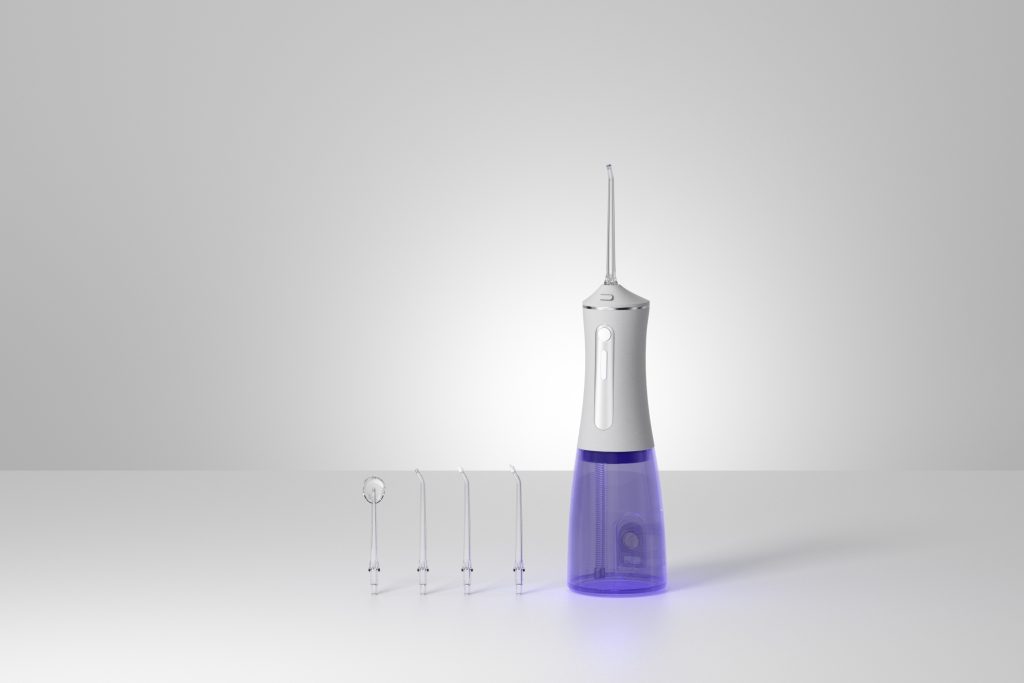
Overview: Interdental brushes are small, brush-like tools designed to clean between teeth, especially in wider gaps where traditional floss may be less effective.
Advantages:
Disadvantages:
Overview: Smart flossing devices are the latest advancement in flossing technology, offering real-time feedback, progress tracking, and even personalized recommendations via a mobile app.
Advantages:
Disadvantages:
When evaluating the advantages and disadvantages of different types of flossing technology, it’s essential to consider your personal oral care needs, budget, and lifestyle. While traditional flossing is still highly effective for many, options like water flossers and sonic flossers can provide added convenience and efficiency, especially for users with sensitive gums or orthodontic appliances. Interdental brushes and floss picks offer alternatives for specific dental concerns, while smart flossers bring technology into the equation for those seeking a more personalized experience.
No matter what your preferences are, understanding the various types of flossing technologies available can help you make a more informed choice, ensuring that your oral hygiene routine is both effective and tailored to your unique needs.
Sonic Toothbrush with Wireless Charging & Overcharge Protection: Smart Safety for Effortless Oral Care
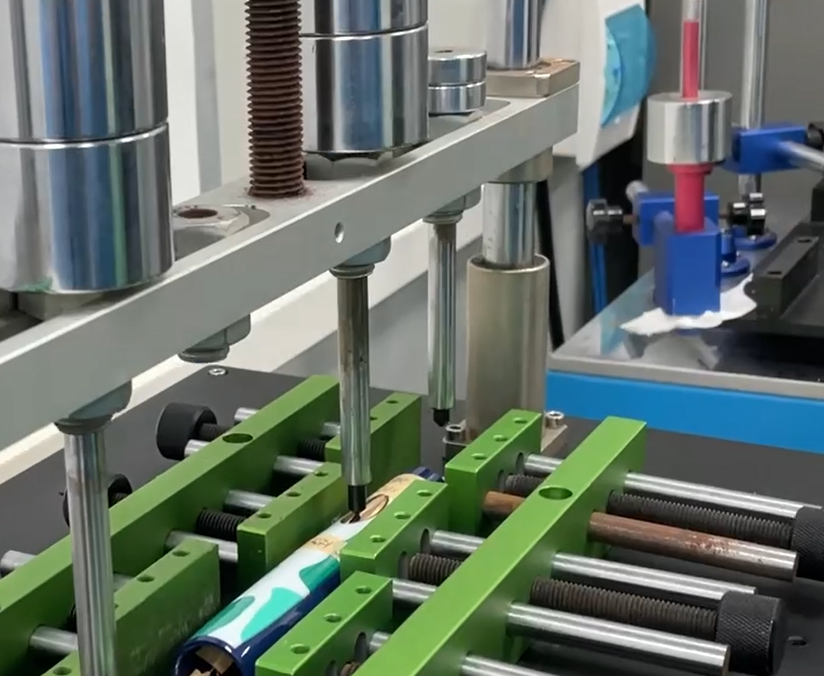
The Role of Switch Buttons in Electric Toothbrush Durability and User Experience
Advanced AI Electric Toothbrush with App Review Bangalore
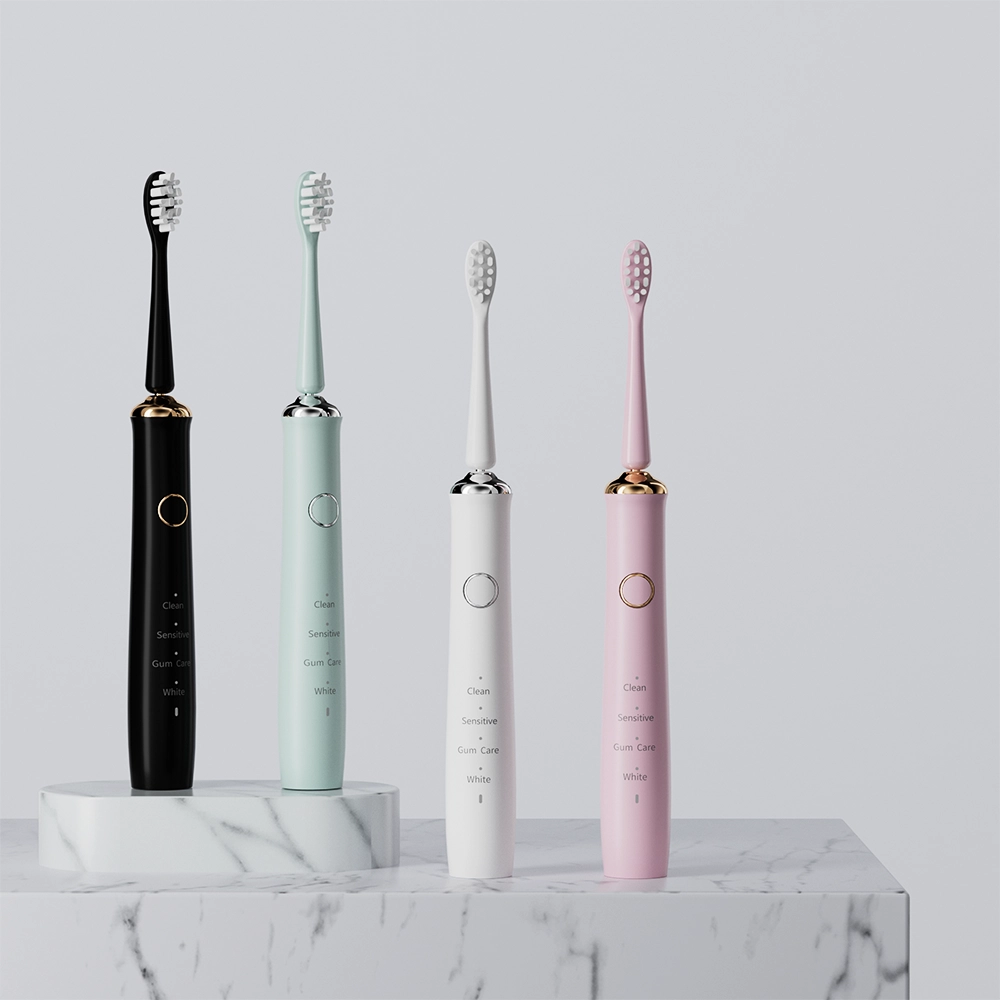
Advantages of a Travel-Size Toothbrush You Should Know
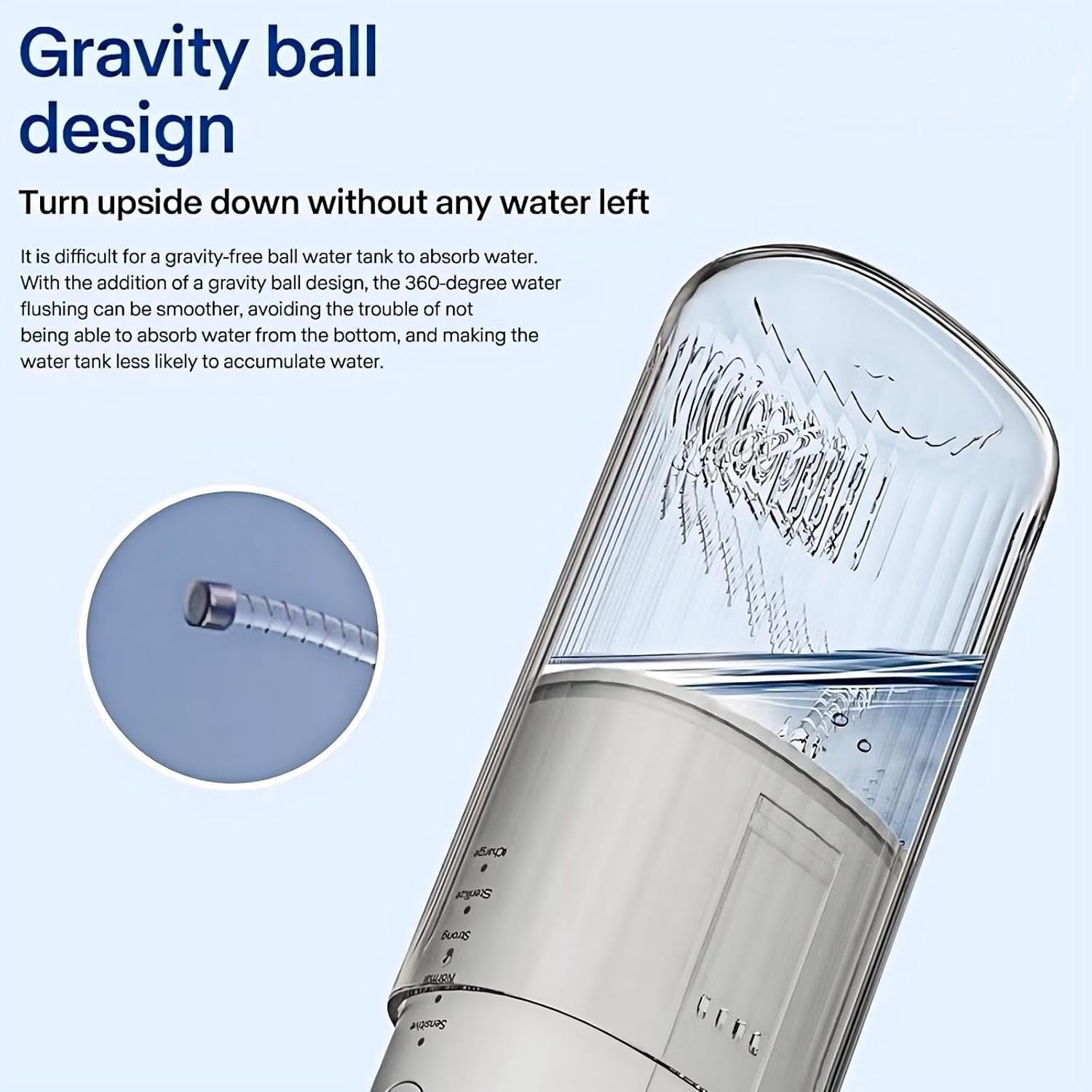
Causes and Solutions to Water Leakage Problems of Water Flossers
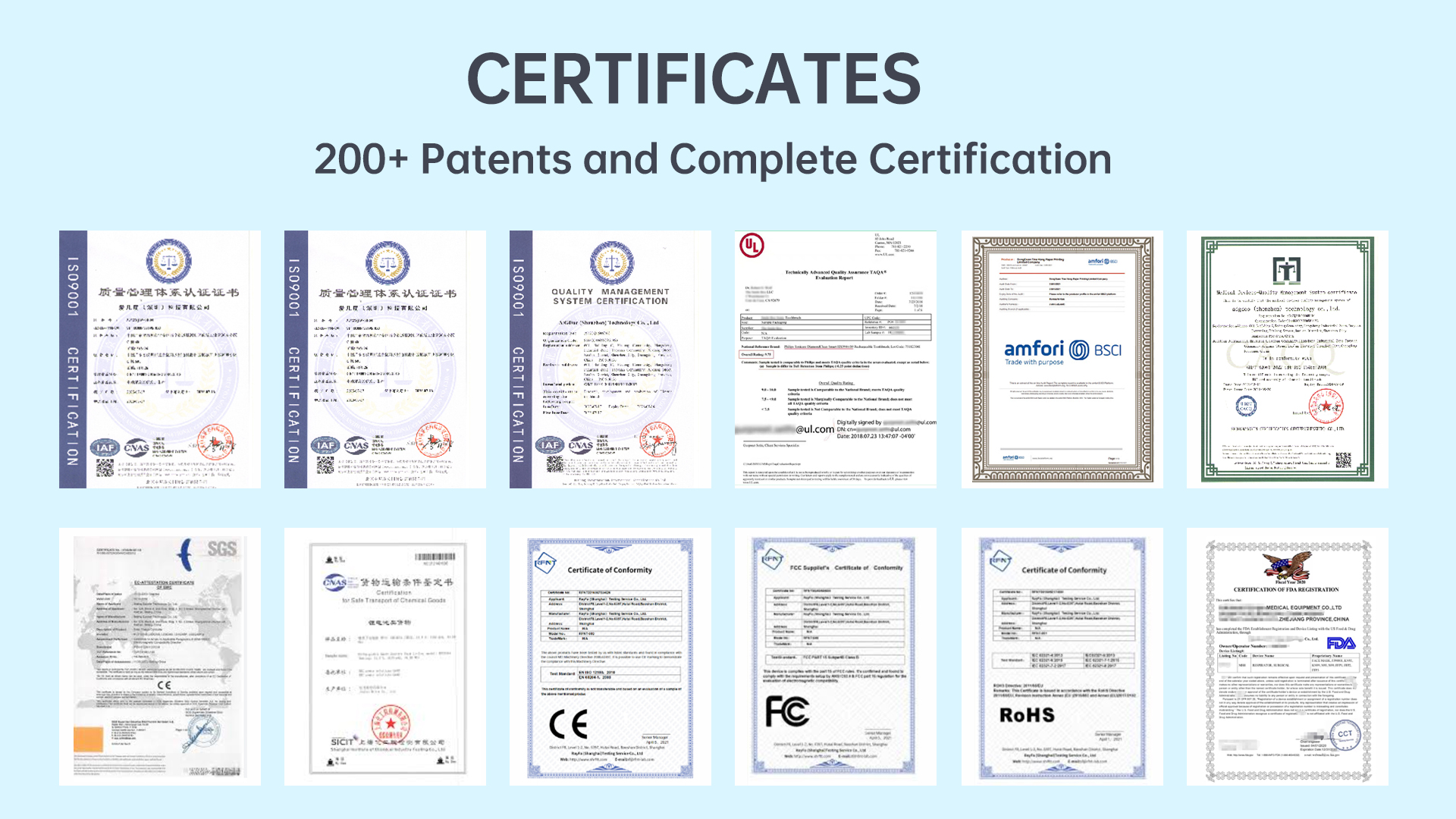
How to Assess Electric Toothbrush Supplier Reliability and Find Electric Toothbrush Technology Partners?
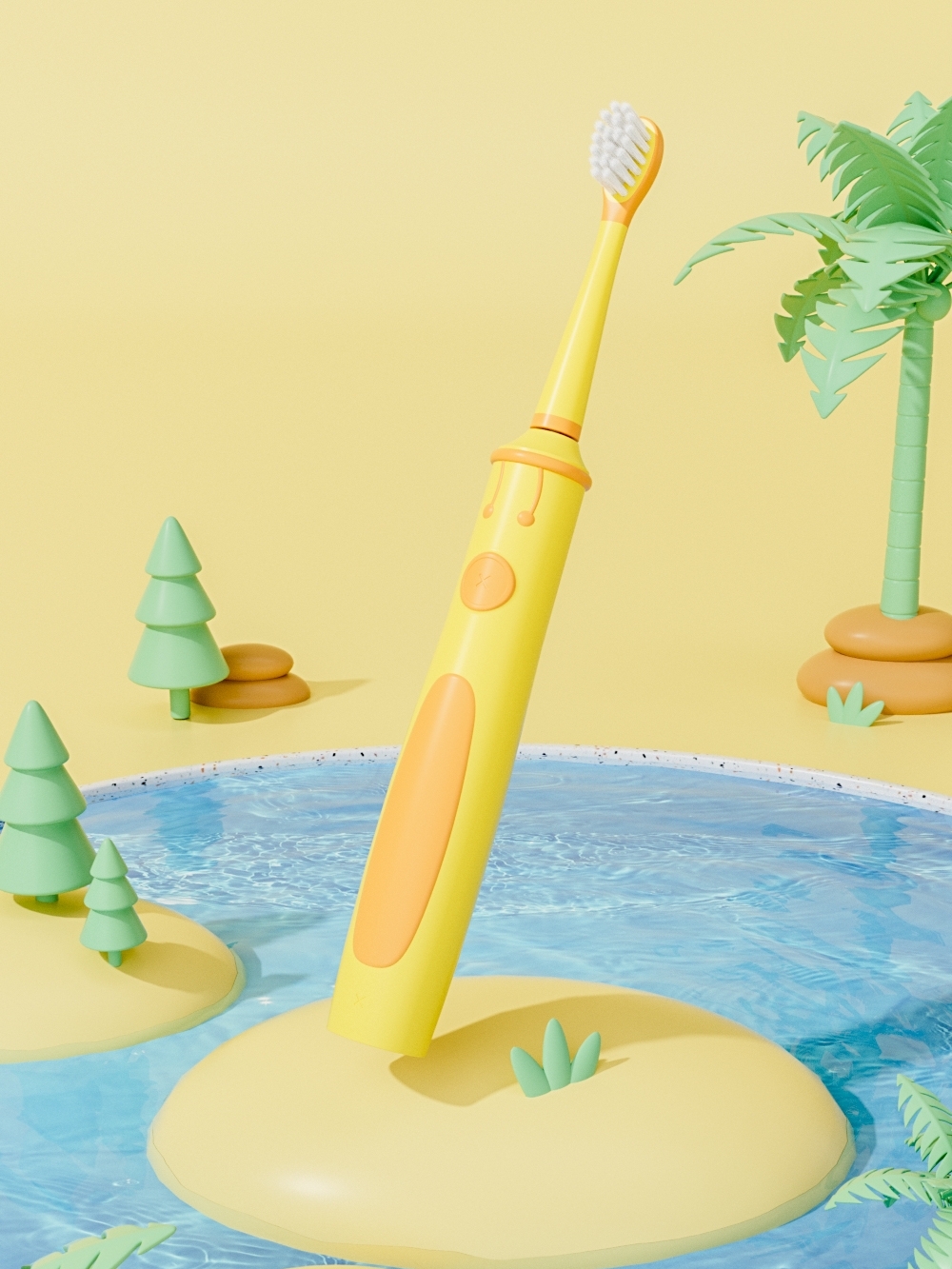
Is Kids’ Electric Brushing Really Safe?
Best Kids Electric Toothbrush Birthday Gift | Powsmart
Toothbrush Head Replacement Bulk Supplier | OEM Oral Care Parts
Brush + Flosser Combo Electric Toothbrush Wholesale | 2-in-1 Oral Care

Common Water Flosser Problems and How to Fix Them
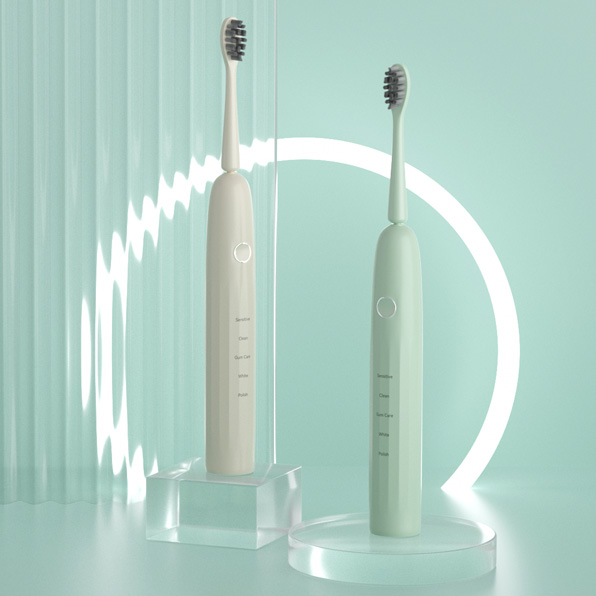
Is waterproof design important for your bathroom essential toothbrush?
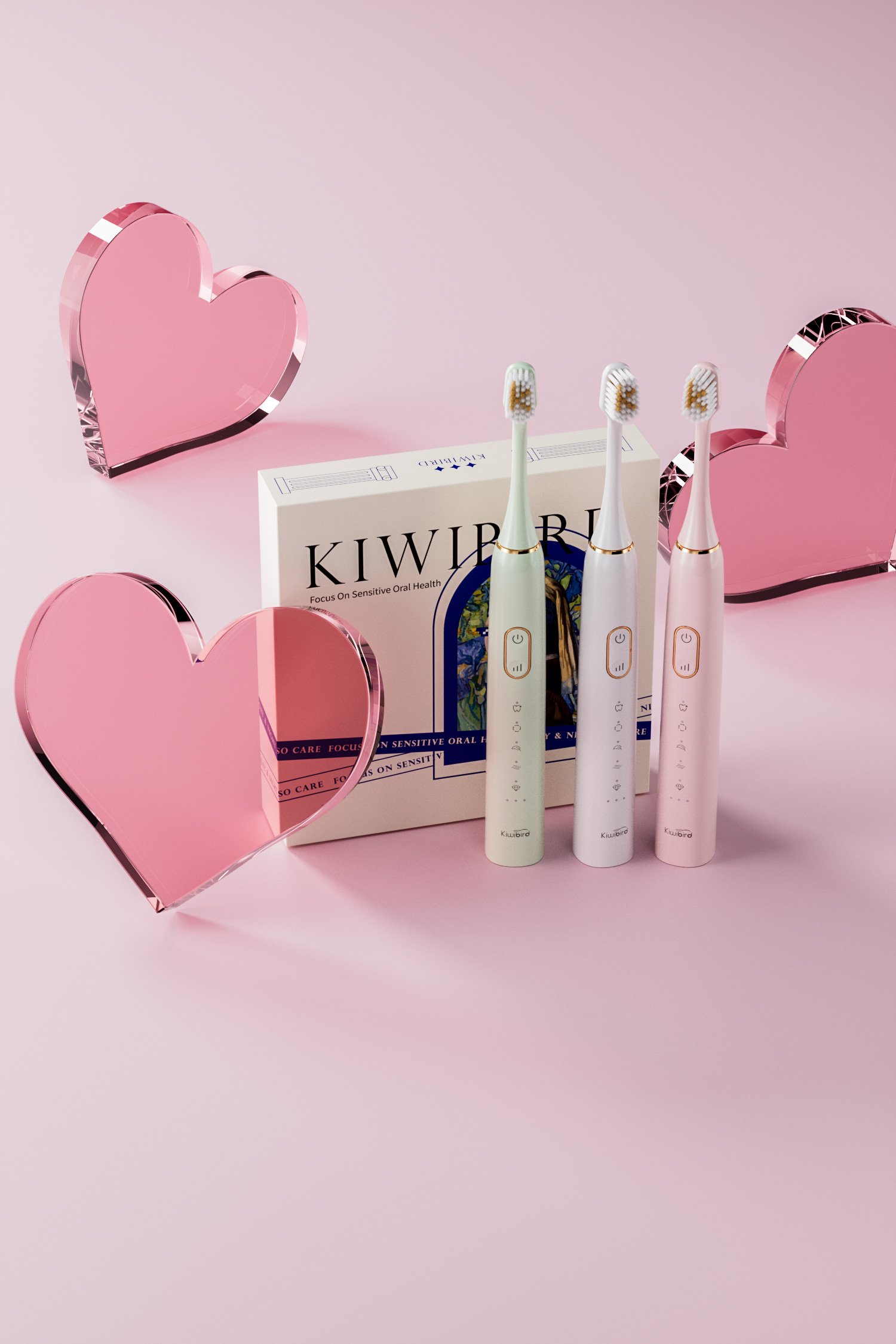
Can the Powsmart Pressure Sensor in This Sensitive Gums Toothbrush Prevent Bleeding?

Can the Battery Health of Electronic Oral Cleaning Products Be Restored?
Battery Leakage and Circuit Corrosion – Dangerous Duo?
How Does Electric Toothbrush PCB Assembly Integrate with a UV Toothbrush Sanitizer Manufacturer for Smart Hygiene?

Private Label Whitening Gel
.jpg)
Florida Electric Toothbrush – Powsmart PTR-C8

electric toothbrush heads Charcoal Infuse-Round

electric toothbrush heads Deep Clean

Electric toothbrush heads Charcoal Infused-Diamond

electric toothbrush heads Ultra Soft

Customization Teeth Whitening Gel

electric toothbrush heads Regular Clean
whstapp
whstapp
National Toll-Free Service Hotline
+86 755 86238638